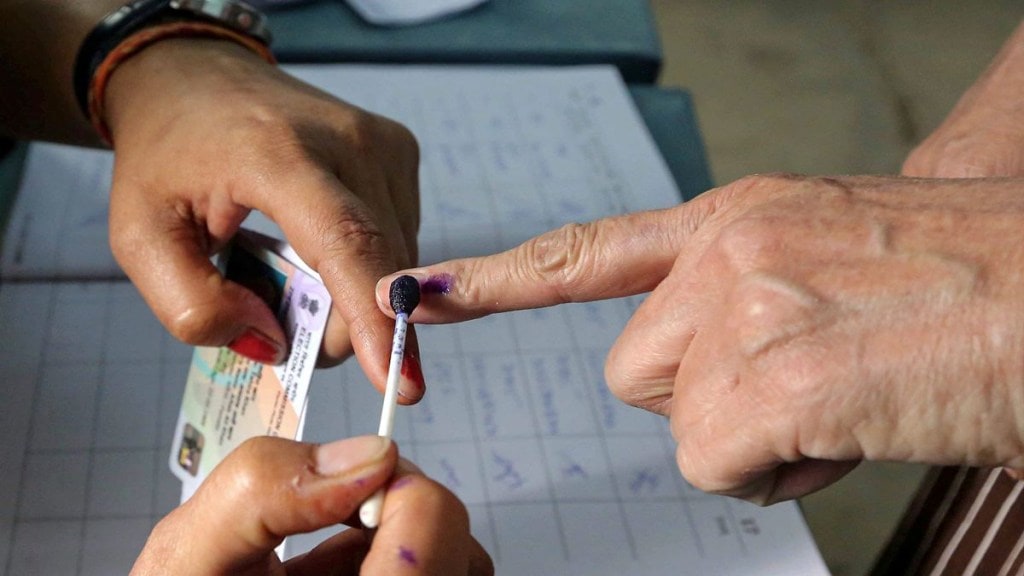Let the Hunger Games begin! And it has indeed with the recently concluded state elections in Madhya Pradesh, Mizoram, Chhattisgarh, Rajasthan and Telangana with the BJP winning three out of five states. Interestingly, from what analysts predict the forthcoming General Elections will see all political parties relying heavily on video content. “If 2014 was about Facebook, 2018 saw political parties investing in WhatsApp and 2024 will largely be about video ads mostly released on YouTube. The platform is expected to play a key role, in this forthcoming General Elections,” Pratik Jain, co-founder and director, I-PAC, told BrandWagon online. According to industry estimates the overall ad-spend in the forthcoming General Elections is expected to increase by 15-30%.
In total, Rs 139.8 crore has been spent on video ads on Google between January 1, 2020 – till date, as per data sourced from Google Ad Transparency Centre. The data further revealed that 17, 318 ads were released. Just the Bharatiya Janata Party (BJP) spent Rs 22.5 crore on video ads on Google. Overall, Rs 176.7 crore has been spent on advertising across all platforms including text, images, and videos, among others between January 1, 2020- till date. In all, 60,845 ads have been released. The BJP has spent Rs 37.1 crore, till date.
Local versus Bharat
While General Elections is a large political battle, in case of states the battle is always local. Hence, over the years, investment in print has declined, while radio and digital have gained, besides a slew of regional news channels. “Radio is highly effective locally. When it comes to penetrating the local audience, radio is effective as well as a cheap medium. While TV has clutter and news has too much inventory, the political parties would choose a highly penetrative local medium,” a senior media expert said on the condition of anonymity.
The report indicates that ad insertion growth of approximately 4x was observed during the 2018 Madhya Pradesh assembly elections over the 2013 Madhya Pradesh assembly elections while radio was the preferred medium with 51% of the ad insertion share during the 2018 Rajasthan assembly election followed by TV and print with 42% and eight percent, respectively.
Experts are quick to point out that the preparation for the General Election has already begun. And this may not be in the format of ads. “What happens is brands with political affliction, also spend money on surrogate advertising. For instance, a large home-grown brand has spent on a show called, ‘UP ki Kahani’ before the state elections,” a senior media planner who did not want to be named, explained.
Volume versus value
Many believe that one of the reasons behind digital being the favoured medium is cost-effectiveness. When compared with TV, the cost of digital inventory is much less. For instance, according to industry estimates the cost of a 30-second ad on an English news channel, during prime time that is between 8 pm to 10 pm ranges between Rs 25,000-30,000. The average cost of a 30-second YouTube ad in India ranges from Rs 0.008-0.041 per view (YouTube ads cost on average anywhere between $0.03-0.30 per view). “With almost everyone watching content on YouTube, it has become a preferred platform for political parties. This is also true for Instagram. What’s more, one can run various channels on various topics, or public figures and use technology and these platforms to disseminate the messages. So these platforms play a crucial role in the dissemination of such content or ads,” the analyst, explained.
According to media reports, direct and indirect advertisements on Meta platforms in favour of the Bharatiya Janata Party (BJP) by the party itself, its state units and those advertising on its behalf accounted for 43.2% or Rs 2.58 crore of the pie. In comparison, while Congress contributed Rs 2.24 crore for 37.48% of the total pie. Moreover, a significant part of the online ad money on Meta (including Facebook and Instagram) was spent in Telangana, Rajasthan, Madhya Pradesh and Chhattisgarh for November.
The story is no different in the case of radio, which is being used to deliver local content during the elections. According to industry estimates, the cost of a 10 second in Delhi or Mumbai for large players like Radio One or Radio Mirchi ranges between Rs 1200-1500, but when it comes to states like Rajasthan or MP, the total operating cost ranges between Rs 300-350. “There was a time when ads rates would go up 10-15% during the elections, however now it’s exactly the opposite. In case of large players in the metros the cost goes down to Rs 800-900 per 10-second ad,” a senior media planner, on the condition of anonymity, said.
Countdown to the race
It is the small yet significant wins which is expected to pave the way for the only critical battle – the General Election 2024. Experts point out that while digital will continue to get the main traction, TV will also be used besides radio. The AdEx data shows that audio is gradually picking up pace as the ad insertion growth for radio has been high in political advertising in state assembly elections. The BJP accounted for 64% of ad insertion during the 2018 Madhya Pradesh state assembly elections while Congress accounted for 36% during the same period. Television political advertising growth has slowed down considerably as political advertising on radio has grown over time. The BJP was the top political advertiser contributing 68% of ad insertion on TV with Congress contributing 32% of ad insertion share. While digital will continue to get the lion’s share of the spend, experts warn that it will also be the epicenter of mayhem, with the recent rise of issues such as deepfakes. “It will be a tough challenge to control misinformation as now cheap AI tools are available to create deepfakes. Typically misinformation spreads like a fire, and curbing it takes time. Not to mention, the challenge would reside on finding the difference between real and fake,” Jain said.
